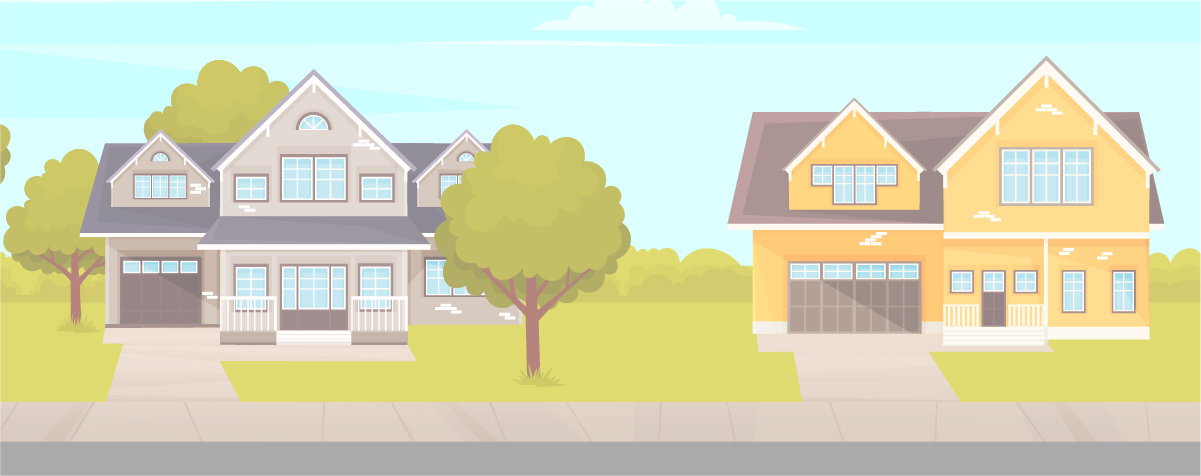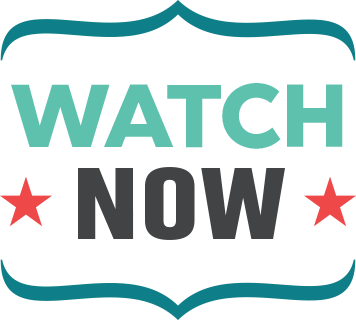Energy Saving Tips
The weather can have a huge impact on your electricity usage in North Texas and, for most Members, it's the single biggest factor affecting your bill. The summers are long and hot while the winters can be wildly unpredictable with at least a few long cold snaps.
Luckily, there are things you can do year-round to save electricity, and money, through the hottest summer and the coldest winter.
Tax-Free Holidays
- April 26–28, 2025
Emergency Preparation Supplies Sales Tax Holiday - May 24–28, 2025
Energy Star Sales Tax Holiday
Savings Tips
Make the "smart" choice in thermostats.
Installing a "smart" thermostat can save you an estimated 10 percent per year. Designed to save you energy, a smart thermostat can learn your schedule and adjust your home’s temperature to save money and energy while you are away–while making sure it is a comfortable temperature in anticipation of your return.
Reduce your hot water temperature.
Wash clothes in cold water.
Adjust your pool pump.
Put your fans to work while you are in the room.
Even in winter, ceiling fans can be used to help manage the interior climate. Ceiling fans should be clockwise in the winter, and the fan should run at the lowest speed. This pulls cool air up toward the ceiling, which in turn displaces the warm air that rises and collects near the ceiling
Seal up any leaks around windows and doors.
Check your insulation.
Service your HVAC system twice a year.
Put your blinds and curtains to work.
Move blinds and curtains to avoid direct sunlight coming into your home. Those rays really warm up your home if not blocked. Thermal drapes or blackout curtains make an even bigger difference!
In the winter, open curtains and blinds during the day to let sunlight in; close them at night to insulate against outside air.
Change to energy-efficient lighting.
Replace incandescent bulbs with LED bulbs, especially when used for several hours per day. Install timers and sensors for indoor and outdoor lights. And, turn off unnecessary lighting when not in use.
What else can affect your usage?

It’s common to compare fuel efficiency ratings and miles-per-gallon when shopping for a new vehicle. Factors such as the size of the engine, the vehicle’s weight and shape can all affect fuel economy.
Homes can also have certain characteristics that require more energy than others.
Here’s a list of factors that could affect your home’s energy usage and efficiency:
Why volume is important
When most people think about the size of their home, they immediately think about the square footage. But another important factor is the height of the ceilings. The air conditioning has to cool the entire volume of the rooms so a 15- or 20-foot vaulted ceiling will require the air conditioner to work harder to reach the desired temperature than an 8-foot ceiling.
What about multiple air conditioners?
Many large houses have more than one air condition unit. Air conditioning is typically the largest consumer of electricity in the home during the summer so having two or even three units is the equivalent of having two or three electric bills. If a home has multiple units, all three must work in concert.
The size of the AC unit also matters
Air conditioner sizes are measured in tons. There’s a common misconception that homes need 1 ton of AC for every 500 square feet of space. As explained earlier, square footage alone doesn’t take into the true volume of the space that needs to be cooled. CoServ recommends having a Manual J test done before buying a new air conditioner unit. The test takes into account ceiling height, type of insulation and the number of windows and exterior doors and will ensure you get a properly sized air conditioner.
Installing a system that’s too big or too small is inefficient
A system that’s too big will super cool the home and will turn off quickly without giving the home a chance to regulate itself. It also doesn’t run long enough to pull the humidity out of the air.
A system that’s too small will run all the time and not shut off because it’s trying to keep up.
Newer appliances are more energy efficient
The good news is that all the appliances sold in stores today are energy efficient. However, if you have older refrigerators, washing machines, dryers, dishwashers or air conditioners, it can greatly impact your usage.
What about swimming pools?
The pool pump is the biggest user of energy for swimming pools, and it's the second-biggest energy user behind air conditioning overall during the summer. Single-speed pumps run at maximum revolutions per minute any time they are on. Variable speed pumps are more efficient because they can run at lower speeds to save on electricity.
Pools with single-speed pumps should run no more than one hour per 10 degrees of daily average temperature. So if the average daily temperature is 90 degrees, the pool pump should run for nine hours per day.
What about windows?
A normal wall on a home has brick, siding, plaster or stone along with insulation, wood and drywall to block the outside heat from coming in. A wall will have an efficiency rating between R-19 and R-22.
On the other hand, even an efficient, double-paned window has a rating of R-3. It’s essentially a hole in the wall that allows a large amount of heat transfer. This can be reduced by planting large trees and bushes in front of that window so there’s natural shade.
Older homes tend to have better shade than newer homes where it takes time for the young plants to grow.
Solar screens, blackout curtains and shutters are other great options for reducing heat transfer.
Orientation matters
If your home faces west, there will be heat gain in the afternoon, especially if there’s a large window on that wall.
It’s similar for east-facing windows in the morning, though to a lesser degree.
The location of the thermostat is also a factor. If it’s near a west-facing wall it will have a more difficult time holding a temperature.


